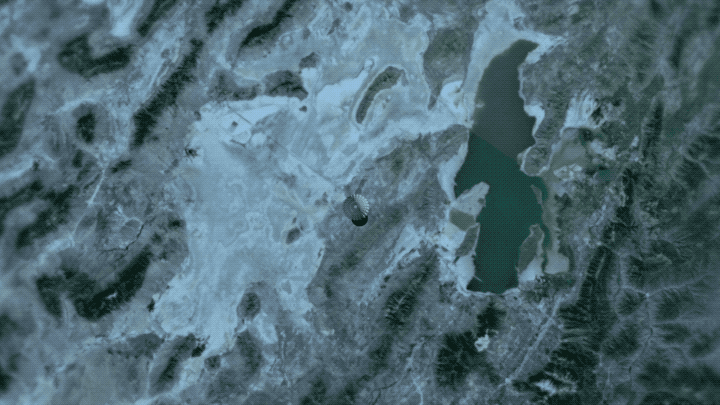Winners
Shaunak Dabir
Grade 9-12

Contest:
2016-2017
Topic:
Saturn's Hexagon
School:
Seven Lakes High School, Katy, TX
Teacher:
Clark Saunders
"The strange hexagonal storm on Saturn is a turbulent place which has raised many questions since Cassini reached the planet in July of 2004. Theorized by scientists to be caused by slight perturbations in the jet stream, the storm still has many mysteries waiting to be solved. Labelled 'Target 3', I believe that researching this image and this storm will reveal the most interesting results.
The New Mexico Institute of Mining and Technology ran a computer simulation in late 2015, proposing that the hexagonal storm may be caused by slight disturbances in an eastward moving jet stream. It could also be that the atmospheric winds at higher latitudes are moving faster than the winds at lower latitudes. But still, this report provides answers to only a few questions and raises many more. One such question is how this storm has managed to stay stable. Some, like the article titled 'Dynamics of Saturn's Polar Regions' in the Journal of Geophysical Research, have hypothesised that because of its 'remarkable stability of its rotation rate through polar seasons, the storm may be caused by deeply rooted atmospheric structures', that tie the storm to the atmosphere of the planet. They also say that exploring this phenomenon could reveal the 'internal planetary rotation rate that is currently constrained by measurements of magnetic field'. We could also finally figure out the wind speed of Saturn's atmosphere, undoubtedly being a great help in future missions. Not only this, but greater knowledge of the storm could increase our understanding of turbulent flow in fluid dynamics, which will allow us to create better airplanes on earth that reduce turbulence, fly faster, and are more efficient. It could also help us predict the weather better and even assist in environmental engineering.
The biggest reason why this image stands out is because it shows a dynamic system, that yet can be measured and in which changes can be analyzed. One such change was the apparent color shift of the storm from a bluish haze to a golden brown hue, in October of last year. Scientists have theorized that this could be caused by the changing seasons of Saturn, which makes it receive more sunlight, which makes more haze particles that begin to resemble the rest of Saturn's atmosphere. This could provide a new insight into the atmospheric composition of Saturn, and help us understand how particles react with light. It also begs the questions, what if the storm didn't receive sunlight? Would it change back to its bluish color? And if it doesn't, what really causes the color shifts? An in-depth analysis would surely answer these questions, and only create more exciting discoveries for us to analyze.
Rather than Enceladus' plumes and Titan's lakes, the gargantuan storm on Saturn with a peculiar shape will definitely reveal the most interesting results. Its relative accessibility for the Cassini spacecraft, and the changing nature of the storm puts this image at the top of NASA's priority list."
